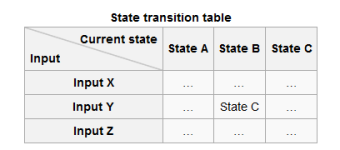Can you please share your experiences with best methods of how a process control system designer conveys a clear explanation of the needed PLC functionality to the person who will create the PLC program?
I've seen this done through Binary Logic Diagrams, but that ISA 5.2 standard has not been revised since 1992 and I'm guessing it's not so commonly used any more. Or is it?
SAMA diagrams look promising, but they don't seem to be widely used and may not describe all needed functionality anyway, such as interlocks and permissives, etc. Also, it may be a bit much to ask the system designer to learn a new diagram type if they've not already worked with SAMAs.
And while Control Narratives are a possibility, it may take many words to describe what could be more easily represented some other way.
How is this designer-to-PLC programmer information best conveyed these days?
I've seen this done through Binary Logic Diagrams, but that ISA 5.2 standard has not been revised since 1992 and I'm guessing it's not so commonly used any more. Or is it?
SAMA diagrams look promising, but they don't seem to be widely used and may not describe all needed functionality anyway, such as interlocks and permissives, etc. Also, it may be a bit much to ask the system designer to learn a new diagram type if they've not already worked with SAMAs.
And while Control Narratives are a possibility, it may take many words to describe what could be more easily represented some other way.
How is this designer-to-PLC programmer information best conveyed these days?





